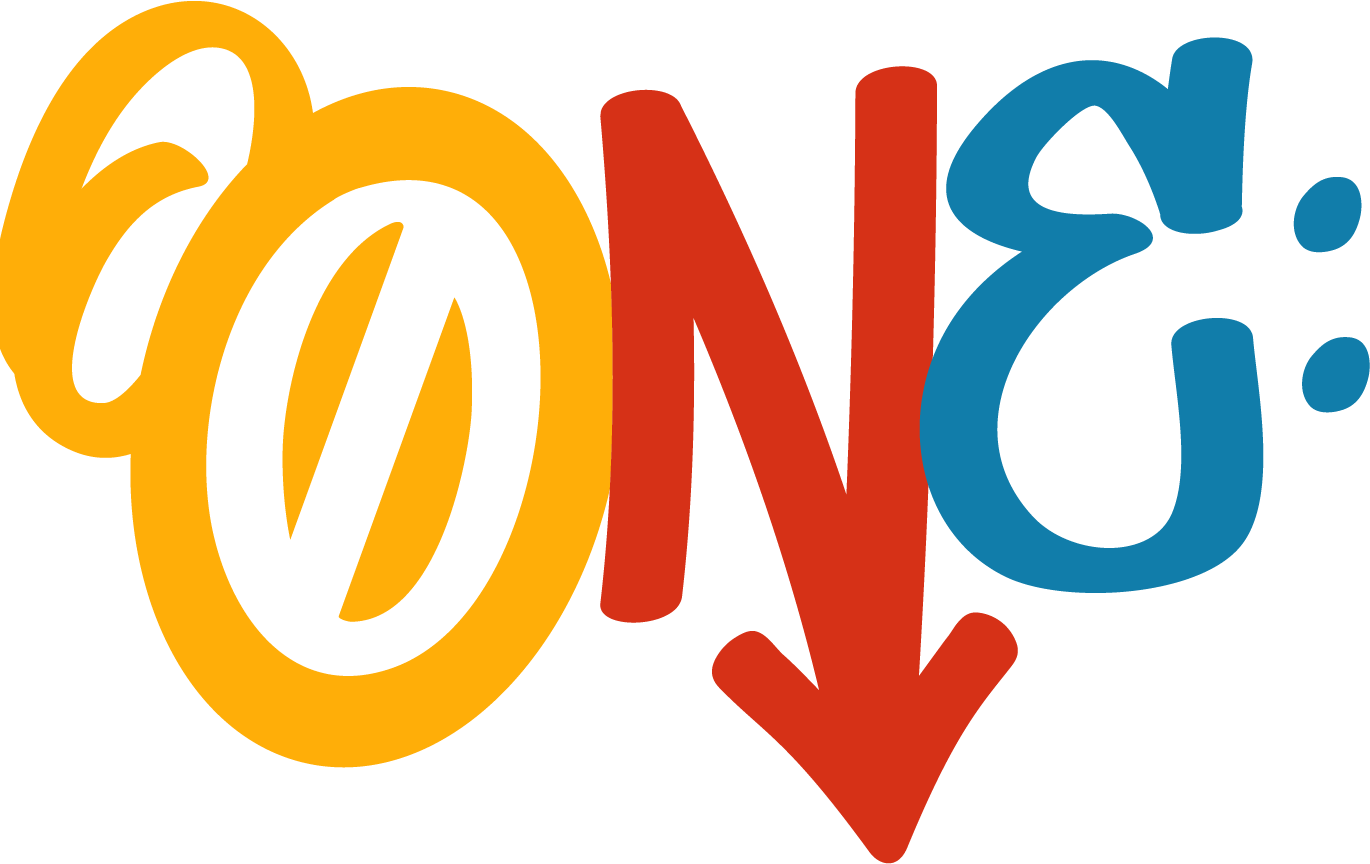Project: Art & Beautification | Design System
Client: The Folsom Boulevard Safety and Beautification Coalition
The project was a partnership among the Folsom Boulevard Coalition, and Power Inn Alliance (PIA), and Sac State with a goal to improve the aesthetics, travel experience and pedestrian safety on Folsom Boulevard from Howe Avenue to Watt Avenue. To achieve this, a series of road side utility boxes were vinyl wrapped with artworks designed by Sac State Graphic Design students regarding key aspects of Sacramento culture, such as its agricultural history, connection to Sacramento State, local rivers and trees, and multigenerational families within the surrounding neighborhood.
Amongst 30 other designers, the solution designed by my team had been selected by the coalition to proceed with production. The team project involved extensive research on local history, community input, conceptualization, prototyping, and problem solving.
Click here to read the full story covered by Sac State's Newsroom: "Public art project brightens parts of Folsom Boulevard, strengthens Sac State’s ‘anchor’ ties" (Story by Daniel Wilson | Photography by Sac State/Bibiana Ortiz)





Displayed are the illustrations I drew as contribution to the overall system.









These images come from our research on Sacramento's local history and modern community. Before the present day, Indigenous Peoples like the Nisenan, Maidu, and Miwok lived here, respecting the land and its resources, especially around the Sacramento and American Rivers. During the Gold Rush, Native Americans were displaced by migrants. New farms and developments, including Japanese strawberry fields in Florin and orchards and hop fields where Sac State is today, emerged. From 1860 to 1861, the Pony Express route started in St. Joseph, MO, and ended in Sacramento, CA, serving as the only thread of communication that tied the East and West together. Over the next century, the city industrialized and introduced new methods of transportation and travel, including trains and engines, trolleys and rails, boats and docks, planes and ports, and cars and roads. What once was native land and later agricultural fields, is today's Folsom Boulevard alongside family neighborhoods, universities and schools, community markets, and public park trails. As Sacramento continues to grow, it is crucial that history is recorded, preserved, and reflected upon to ensure a brighter future.
Notes relating to cultural and historical significances along the Folsom Blvd. corridor. A common theme of Expedition consisted across the storyboard depicting the evolution of local culture as new life exponentially grows in the Sacramento Valley. Honored are the indigenous groups native to the Sacramento land, Japanese farmers from the original strawberry fields, and the nature and wildlife flourishing alongside the American and Sacramento Rivers.
I was responsible for designing two of the six vinyl wraps. Utility Box 3 is located alongside of a train track, facing the busy Folsom Blvd. This is the optimal location to highlight the evolution of transportation coming in and out of Sacramento. The horseback rider refers to the Pony Express. team engines that enhanced the overall speed and strength of transportation. As technology continues to advance today, we push towards more eco-friendly methods of travel such as shared public transit, i.e. Light Rail. Since the backside of this box faces away from the street view, it was unnecessary to create new artwork for unviewable angles.
Utility Box 4 is located along a crosswalk intersection with all sides accessible and visible to the public. For this, I had to design a system that is consistent and cohesive across all sides. In 1955, Granite Construction purchased the Perkins Quarry and American Sand & Gravel in Sacramento to grow their company beyond Watsonville, CA. Granite Construction handed over the 240‐acre site of its former gravel mine to the City in the 90’s after mining was completed. This new park provides the public with a many amenities such as large ponds, soccer and rugby fields, a dog park, a skateboarding park, and various picnic areas across the park. To highlight the local mining history in the 1950s, silhouettes of the former mining site and gravel pits frame the present day park that remains in its quarry.




My vinyl wraps in their current state today!
Finalization of all six utility boxes.
Pictured (left to right): Associate Vice President for Business and Administrative Services Tony Lucas, Graphic Design Professor John Forrest, designers Kelly Ho, Thavie Keary, Crista Nauta, Juancarlos Sanchez, and Sacramento Vice Mayor Eric Guerra. (Sacramento State/Bibiana Ortiz)

